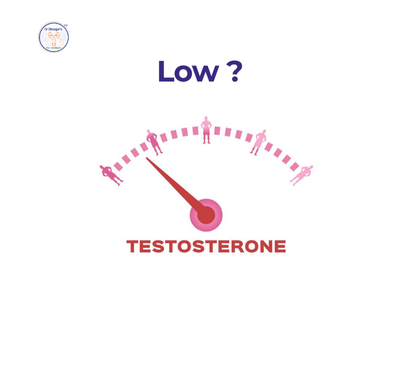Bladder cancer, though one of the most common cancers globally, often remains underrecognized, especially in countries like India. May, designated as Bladder Cancer Awareness Month (BCAM), serves as a crucial period to educate the public, promote early detection, and support those affected by the disease.
Understanding Bladder Cancer
Bladder cancer originates in the tissues of the bladder, the organ responsible for storing urine. The most prevalent type is urothelial carcinoma, which begins in the urothelial cells lining the bladder. Early stages may present subtle symptoms, making awareness and timely diagnosis vital.
Global and Indian Statistics
- Global Perspective: Bladder cancer is the 10th most common cancer worldwide, with over 570,000 new cases annually.
- India’s Scenario: In 2020, India reported approximately 18,921 new bladder cancer cases. However, due to underreporting and misdiagnosis, the actual numbers might be higher
Symptoms to Watch For
Recognizing early signs can lead to prompt treatment:
- Hematuria: Presence of blood in urine, often painless.
- Frequent Urination: Especially at night.
- Painful Urination: Discomfort or burning sensation.
- Pelvic Pain: Discomfort in the lower abdomen.
These symptoms can mimic urinary tract infections, leading to misdiagnosis. Hence, persistent symptoms warrant medical consultation.
Risk Factors
Several factors increase the risk of developing bladder cancer:
- Smoking: Tobacco use is the most significant risk factor.
- Chemical Exposure: Occupational exposure to certain chemicals used in dye, rubber, leather, and paint industries.
- Chronic Bladder Inflammation: Due to infections or long-term catheter use.
- Age and Gender: More common in men and individuals over 55.
Bladder Cancer Awareness Month 2025: “Feeling Unsure? Get Checked”
The 2025 BCAM campaign emphasizes the theme “Feeling Unsure? Get Checked,” urging individuals to consult healthcare professionals when experiencing potential symptoms. The campaign also introduces the “Unsure Icon” to represent the uncertainty many feel about their symptoms, encouraging open conversations and reducing stigma.
Initiatives and Participation
During May, various organizations and communities engage in activities to raise awareness:
- Educational Campaigns: Disseminating information through seminars, webinars, and social media.
- Support Groups: Providing platforms for patients and survivors to share experiences.
- Fundraising Events: Organizing walks, runs, and other events to raise funds for research and support services.
In India, the launch of Bladder Cancer India aims to bring together patients and caregivers, offering monthly virtual support meetings and resources.
Importance of Early Detection
Early-stage bladder cancer has a higher treatment success rate. Regular health check-ups, especially for high-risk individuals, can lead to early diagnosis and better outcomes.
How You Can Help
- Educate Yourself and Others: Understand the symptoms and share information within your community.
- Support Patients: Offer emotional and practical support to those undergoing treatment.
- Participate in Events: Join awareness campaigns and fundraising activities
- Advocate for Research: Support initiatives aimed at increasing research funding for bladder cancer
Bladder Cancer Awareness Month serves as a reminder of the importance of early detection and the need for increased awareness. By educating ourselves and others, supporting those affected, and advocating for research, we can make significant strides in combating this disease in India and beyond.
FAQs
- Is bladder cancer preventable?
While not entirely preventable, reducing risk factors like quitting smoking and avoiding exposure to harmful chemicals can lower the chances of developing bladder cancer.
- How is bladder cancer diagnosed?
Diagnosis typically involves urine tests, cystoscopy (a procedure to view the bladder), and imaging tests like CT scans.
- What are the treatment options?
Treatment depends on the cancer stage and may include surgery, chemotherapy, radiation therapy, or immunotherapy.




